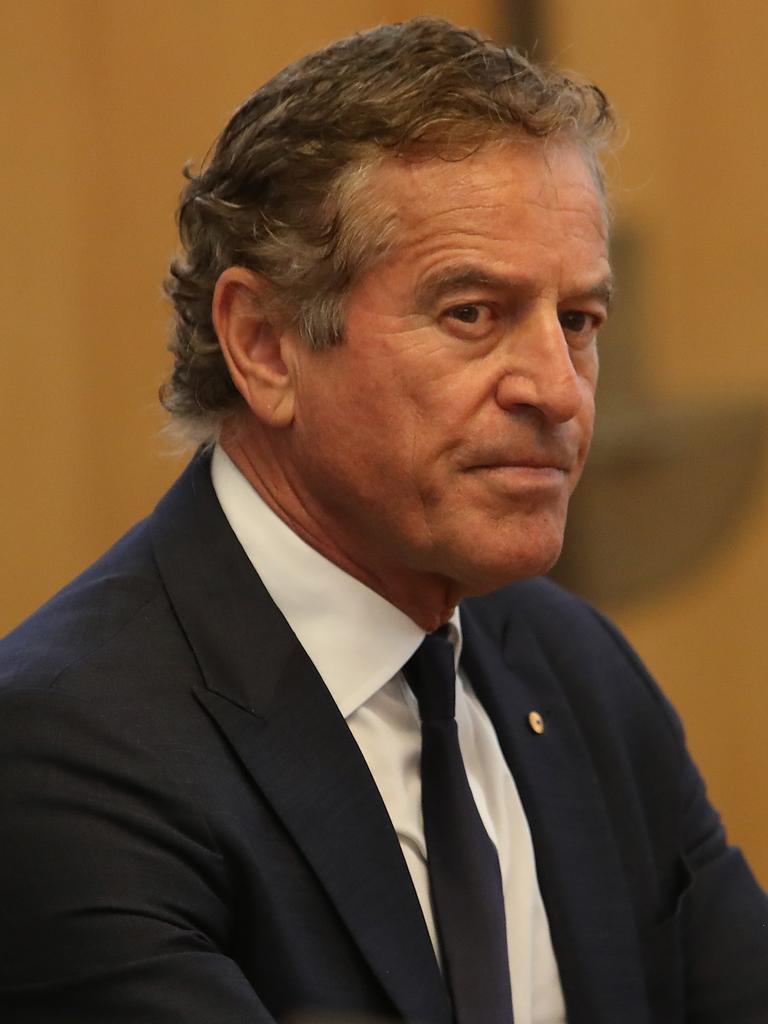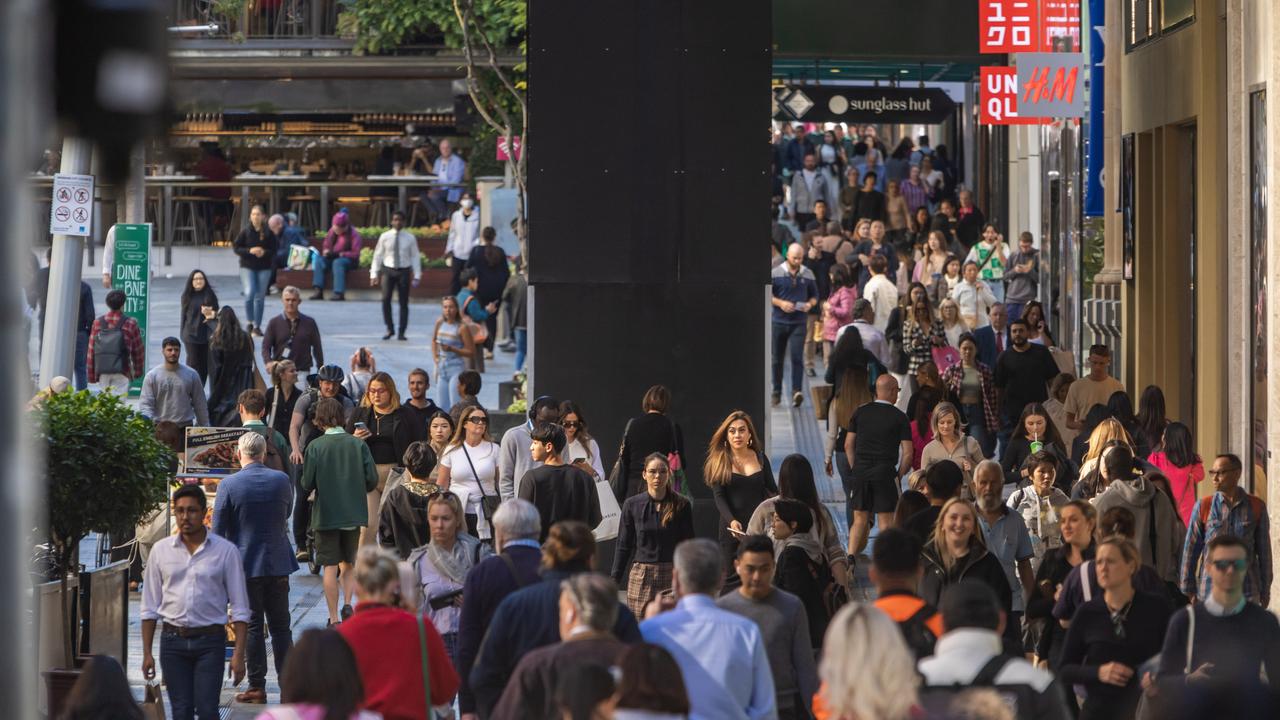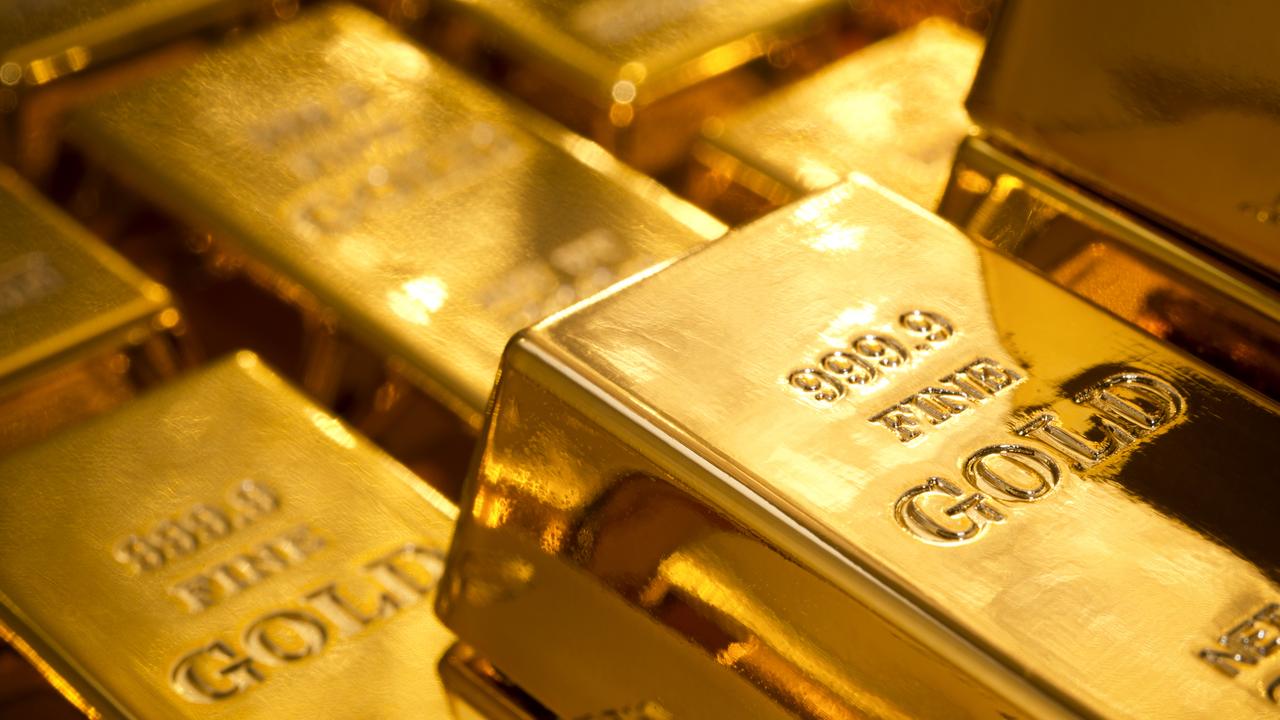‘Doesn’t pass the pub test’: RBA fails to include cost of land and existing housing in inflation data
An Aussie finance guru has issued a grim warning, claiming the nation is “clearly asleep at the wheel” as the economy hangs in the balance.
Did you know the cost of land, existing houses and interest costs aren’t counted in the consumer price index inflation statistic published by the Australia Bureau of Statistics?
Yes, you read that right.
The Reserve Bank of Australia uses the CPI statistic to make its decisions on interest rates.
But the cost of land, existing houses and interest costs aren’t recognised in the CPI statistic.
Instead, the CPI inflation statistic accounts for things like rent and the cost of building new homes.
MORE: Huge prediction for Aussie house prices
But only one-third of the country rents, and most people are buying existing homes.
They’re not building new ones.
Many people are also getting massive mortgages with massive interest bills, and yet those costs aren’t counted.
Think about it.

MORE: Huge prediction for Aussie house prices
If the cost of land, existing houses and interest costs were included in the CPI inflation statistic, inflation would have been much higher over the last decade or so.
As a result, the Reserve Bank wouldn’t have kept interest rates so low for so long.
Instead, the RBA would have kept rates higher.
As a result, house prices wouldn’t have gotten so high, because demand would have been lower.
The same goes for inflation.
It would have been much lower overall, because less money would have been flowing through the system.
Is this a gaping loophole in our economy that has inadvertently driven up inflation and created a housing crisis?


At the end of the day, inflation simply measures whether people’s cost of living is going up or down.
And the biggest cost for most people is the cost of buying existing homes, and the interest payments on their mortgage.
But according to the Australian Bureau of Statistics and the Reserve Bank, they don’t matter.
I’m sure the bureaucrats will defend themselves and come up with a technical response about why they don’t count these costs in their statistics and interest rate decisions.
But isn’t this a matter of common sense?
I think most Australians would agree that it doesn’t pass the pub test.

The same thing goes for the amount of money that’s been printed over the last decade.
Remember, the orthodox definition of inflation is “an increase in the supply of money in an economy”.
And believe it or not, Australia’s M3 money supply has increased from $1.75 trillion dollars in 2015 to $3.15 trillion dollars in 2025.
That’s an increase in the money supply of 80 per cent in just a decade.
In other words, a significant proportion of Australia’s total money supply has been printed in the last 10 years.
And that’s been massively inflationary.
It’s just supply and demand.

The more money that’s out there, the less it is worth. And the government and the Reserve Bank, who have been behind the massive increase in the money supply, have avoided criticism because most of the media doesn’t understand what’s going on.
If you don’t believe me, just take a look at the price of gold.
Economists will tell you that the purchasing power of gold doesn’t change.
For instance, an ounce of gold bought 350 loaves of bread in 600BC.
Today, an ounce of gold still buys about 350 loaves of bread in Sydney.

But today an ounce of gold buys $5000 Australian dollars.
A decade ago, an ounce of gold bought $1500 Australian dollars.
That means in the space of just 10 years, the Australian dollar is now worth three times less than it did in terms of gold.
That’s because so many Australian dollars have been printed recently.
It’s also because Australia is not the attractive investment destination it once was.
Taxes are high.
Regulations are complex.
Militant unions make it difficult to employ people.
Our power prices are among the world’s highest.
The list goes on.
We need a wake up call in this country, because we’re clearly asleep at the wheel.
Mark Bouris is executive chairman of Yellow Brick Road Home Loans





